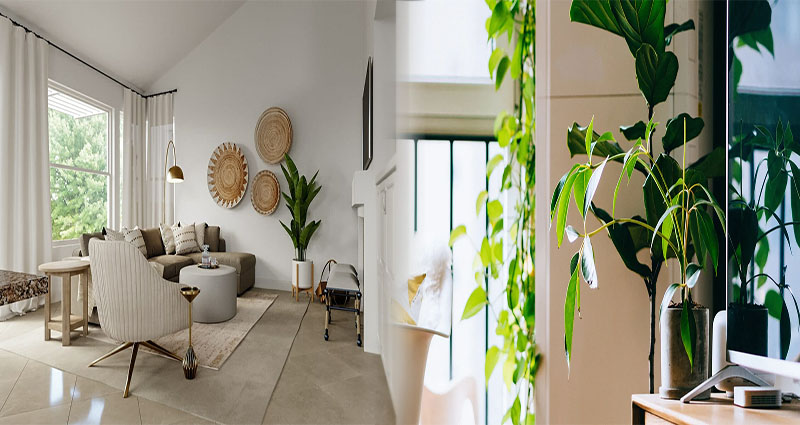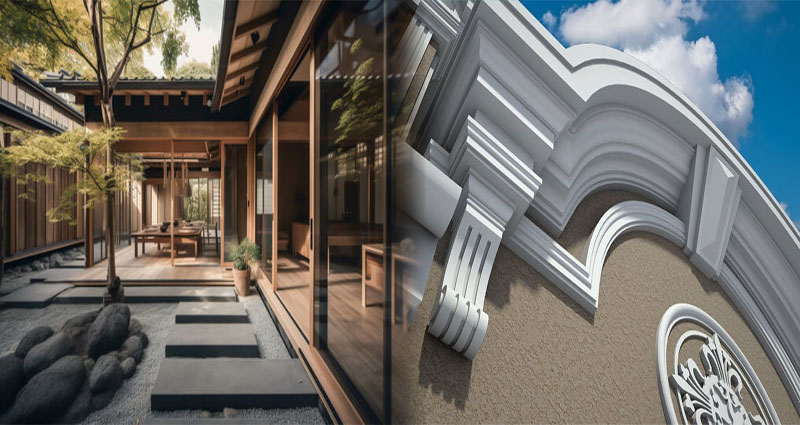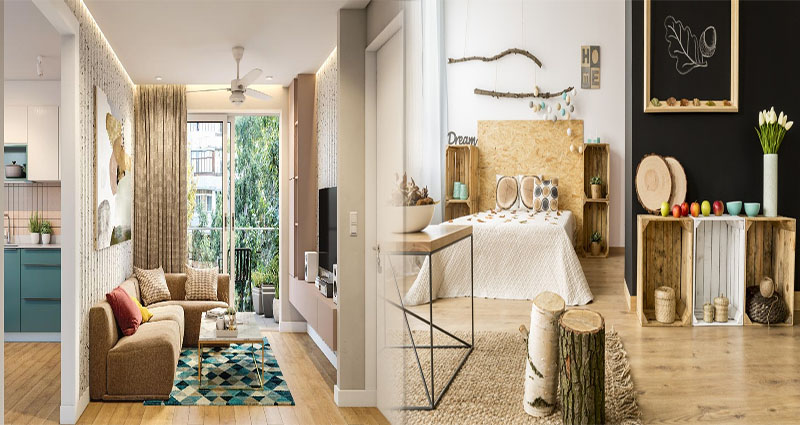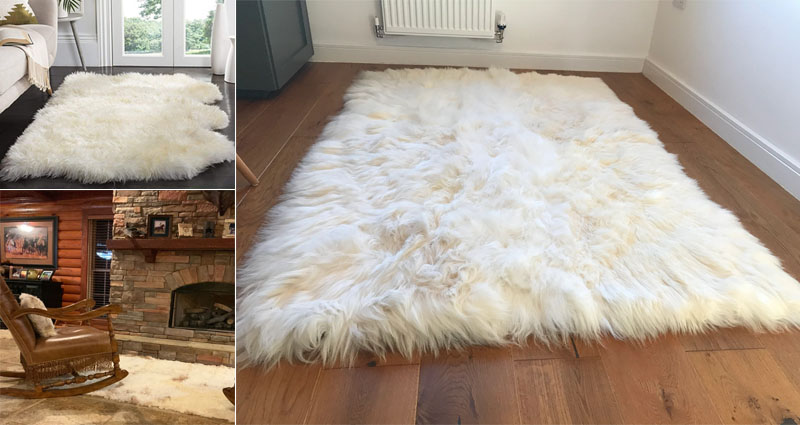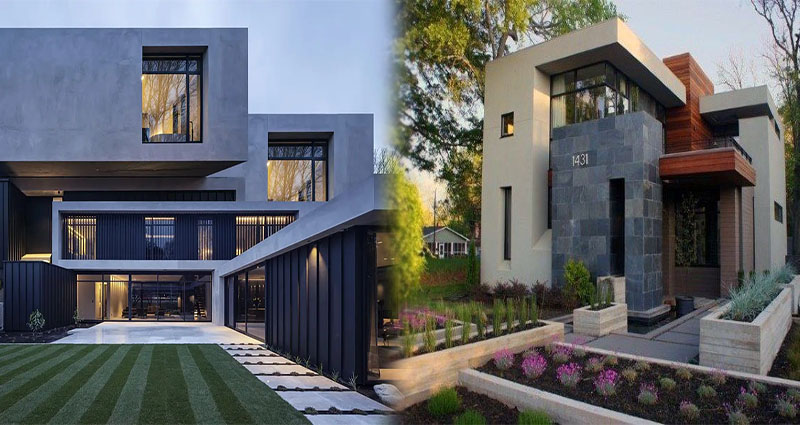Eco-Conscious Sustainable Home Design Tips for Green Living
As awareness about the environment and sustainability grows, more and more people are seeking ways to live a greener lifestyle. One of the most significant ways to do this is by designing and building an eco-conscious sustainable home. Here are some tips to get you started:
1. Passive Solar Design
Passive solar design is a technique that uses the sun’s energy to heat and cool your home naturally. Incorporating it into your home design will reduce your reliance on energy-consuming HVAC systems. Tips to achieve it include designing large south-facing windows, using thermal mass materials such as concrete or stone floors, and optimizing the layout of your home to take advantage of natural light and ventilation.
2. Energy-Efficient Appliances
Invest in energy-efficient appliances such as refrigerators, washing machines, dishwashers, and other appliances certified by Energy Star. You’ll save a lot of money on your energy bills in the long run, and you’ll reduce your home’s overall carbon footprint.
3. Water Conservation
There are several ways to conserve water in your home. Install low-flow showerheads, dual-flush toilets, and rainwater tanks to reduce your use of municipal water. You can also choose water-saving appliances such as dishwashers and washing machines.
4. Use Sustainable Materials
When building or renovating your home, choose sustainable materials such as bamboo, cork, recycled glass, and salvaged wood. These options are renewable, non-toxic, and often have a lower environmental impact than traditional materials like concrete or asphalt.
5. Smart Landscaping and Gardening
Optimize the landscape in and around your home to reduce your carbon footprint. Plant trees and shrubs to create natural shade and reduce heat absorption, making your home cooler during summer. You can also install a green roof or plant a vegetable garden to help improve your home’s air quality and reduce your carbon footprint while … READ MORE

